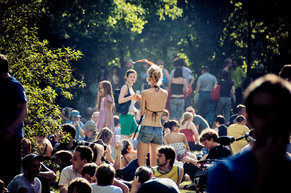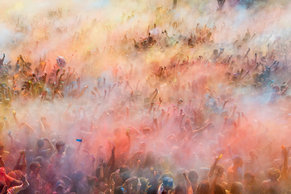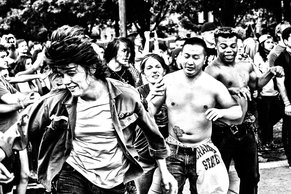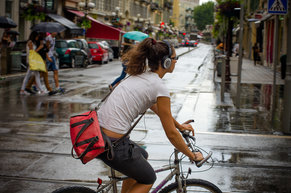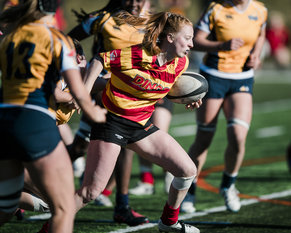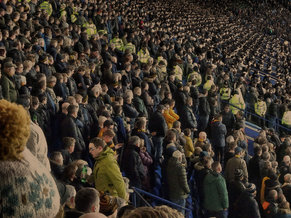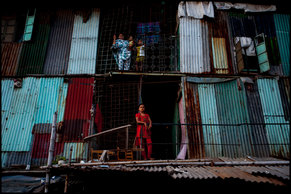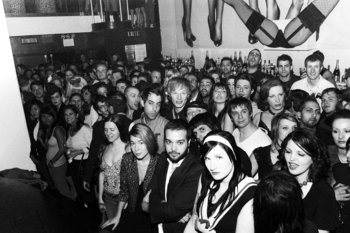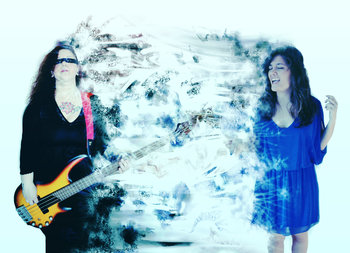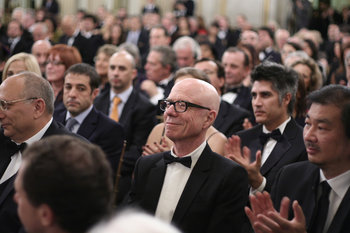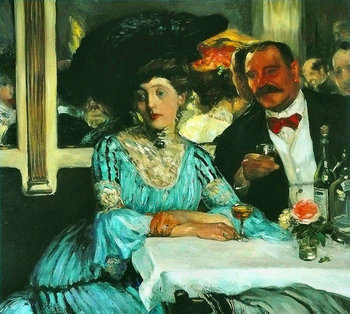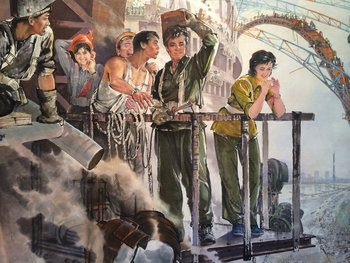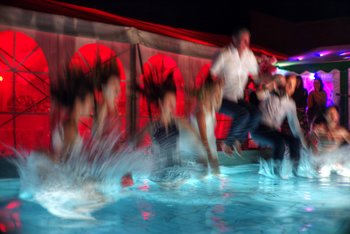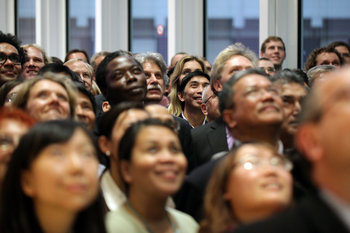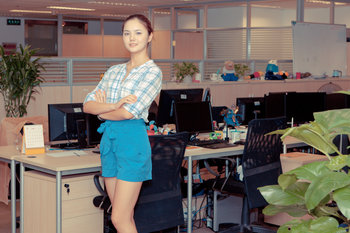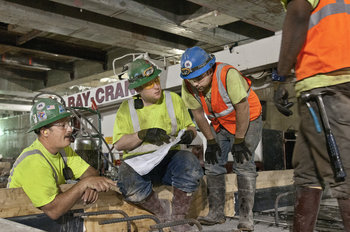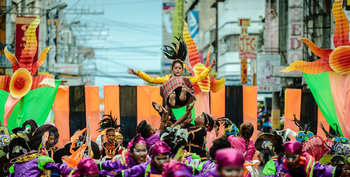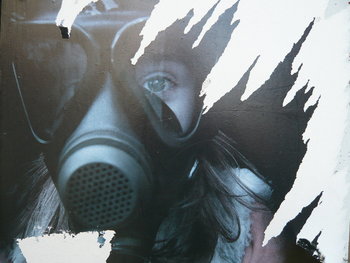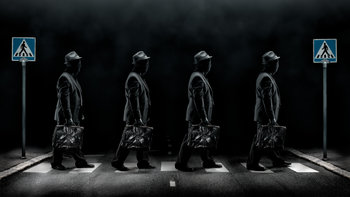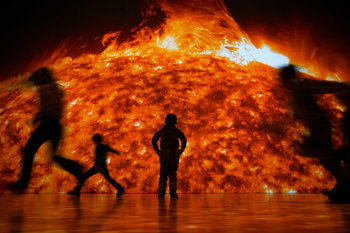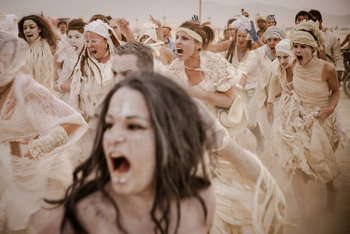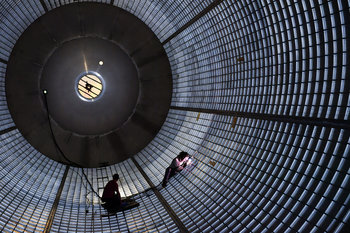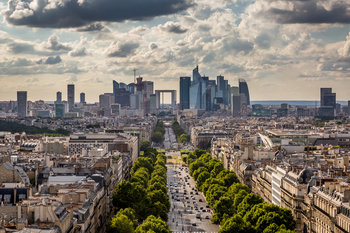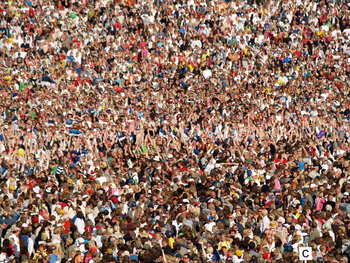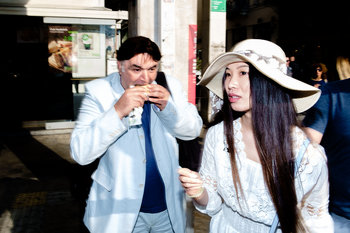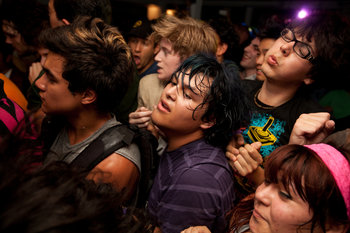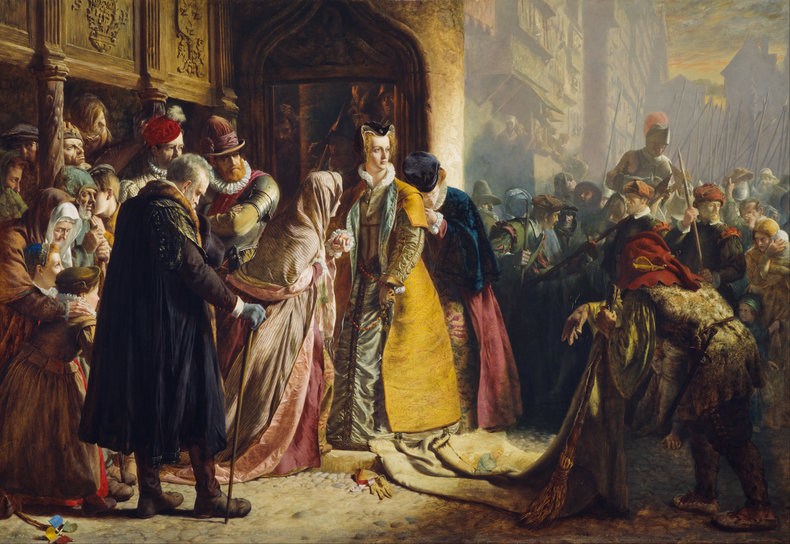
Lumpenproletariat
The lowest possible class in a society that fail to make productive use of time. Communist theory views this class as inherently disorganized and lacking class consciousness or political will. However, there are examples of the Lumpenproletariat being successfully organized by revolutionaries e.g. the European Revolutions of 1848.Lumpenintelligentsia
Highly educated individuals who fail to make a meaningful contribution to culture, knowledge or production of economic value. A subset of the lumpenproletariat that are differentiated only by education level.Working Class
The working class are defined as those who depend on their labor to survive. The working class generate little or no discretionary income such that they have no opportunity to invest in capital. It is possible for a society to provide the working class with upward mobility via education and entrepreneurship. The working class can be either blue collar or white collar.Blue Collar
Workers who perform physical labor. Typically members of either the working class or middle class.White Collar
Workers who offer labor to the knowledge economy. Typically members of either the working class or middle class.Proletariat
Another term for working class that is favored by communist theory that views the working class as a potent political force that is destined to dominate the world.Middle Class
Workers who produce discretionary income with their labor. This is important because this allows for upgrades to quality of life, accumulation of capital, investments in education and pursuit of entrepreneurial ventures. As such, the middle class are part of the leisure and capital classes. The emergence of large middle class populations in the 20th century cast doubt on communist theory that the proletariat were destined to crush the leisure and capital accumulating classes.Leisure Class
A class that is time rich with enough income or wealth to pursue hobbies. Historically, this was associated with the upper class with "time wasting" pursuits such as long periods of afternoon tea in the middle of the most productive hours of the day. This was an unthinkable luxury for the other classes and was a means of signalling status. Where the modern middle class have attractive working conditions, such as paid holidays and short working hours, they are a leisure class who spend on time-luxuries such as vacations, hobbies and events.Intelligentsia
A special class that is highly educated. Intelligentsia are generally middle class but have special influence on society through their contributions to knowledge, culture and/or politics. The term intelligentsia implies that an individual is successful in their profession and that their profession relates to high learning, research, cultural or academic pursuits.Petite Bourgeoisie
The petite bourgeoisie are dependent on their labor but not dependent on anyone's capital but their own. For example, a cafe owner who doesn't leverage the capital of a large corporation but must work to earn a living. As with the middle class, the petite bourgeoisie do not typically sympathize with the communist agenda of seizing all capital to be owned by "the people" and controlled by a bureaucratic elite.Bourgeoisie
The bourgeoisie have enough wealth that they could live comfortably without ever working. Nevertheless, most bourgeoisie will chose to work and may carefully try to preserve capital to hand down to future generations of their family.Upper Middle Class
A term for bourgeoisie who chose to work or individuals with high income but little wealth.Upper Class
Individuals and families that control vast stores of wealth such that they could live in extreme luxury without working.Old Money
A term for upper class families who have sustained their position for three generations or longer. This takes discipline, social connections or both. In many cases, old money families have deep cultural and relational capital that helps to guarantee their continued position at the top of a society.Nouveau Riche
Individuals who have recently acquired wealth. Such individuals typically lack the cultural and relational capital of old money families. They may also lack the discipline to avoid behaviors such as overspending, conspicuous consumption, brashness and narcissism that are detrimental to sustaining wealth.Bureaucratic Elite
Communism replaces all the classes above with a working class that own no capital and a bureaucratic elite that control all capital. This shifts all social and economic competition into a race for positions with the bureaucracy. Membership in the bureaucracy becomes the primary or only route to social status, economic stability and access to luxuries. A bureaucratic elite also exists in capitalist and social market economies but its power isn't universal as in a communist society.Characteristics of Social Classes
Social class includes both economic and social elements whereby groups with similar economic circumstances have shared experiences such that culture emerges at the class level. Adherence to this culture signals inclusion in the class. The following are common elements of social class.Celebrations | Culture |
Education | Expectations |
Fashion | Habits |
Income | Language |
Leisure | Norms |
Pastimes | Politics |
Quality of Life | Shared Experiences |
Symbols | Values |
Wealth | Working Conditions |
Summary
The following are common examples of social classes: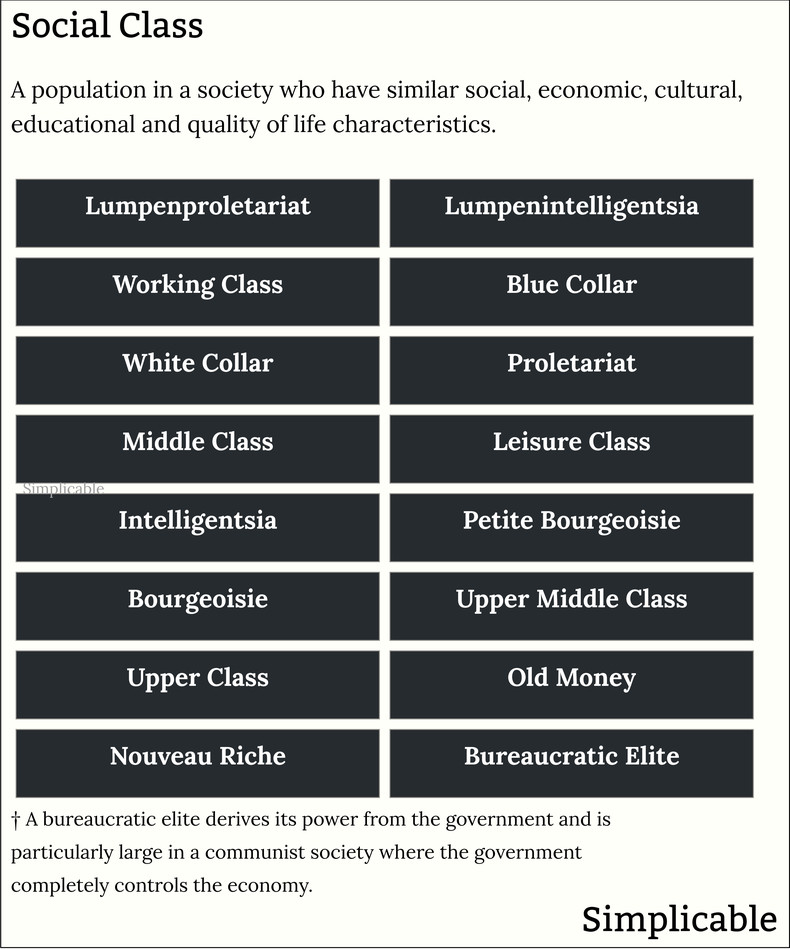
Overview
A social class is a categorization of people according to their economic and social characteristics. This is focused on labor, wealth, education and profession.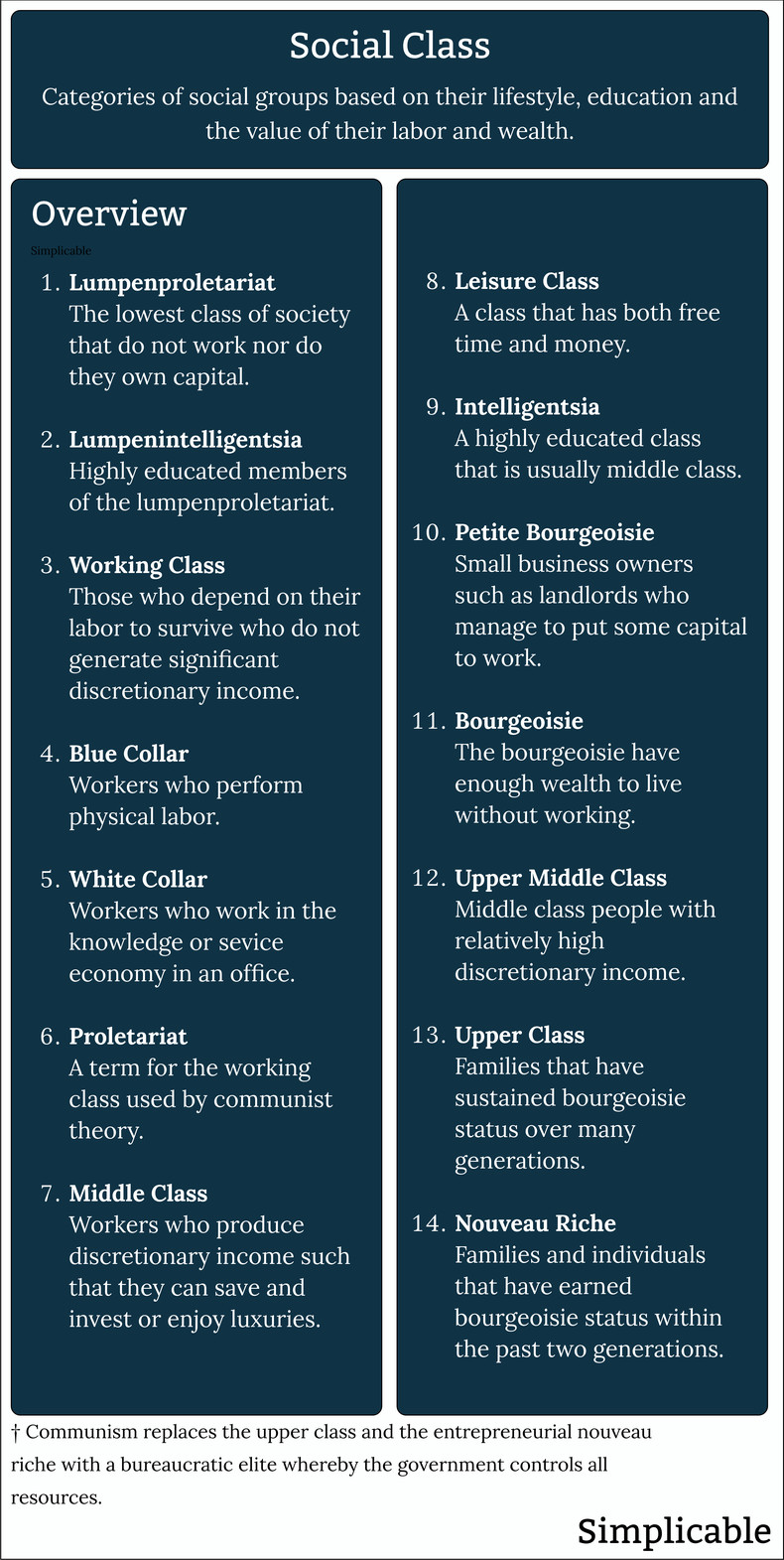
| Overview: Social Class | ||
Type | ||
Definition | A population in a society who have similar social, economic, cultural, educational and quality of life characteristics. | |
Also Known As | Socioeconomic Class | |
Related Concepts | ||

